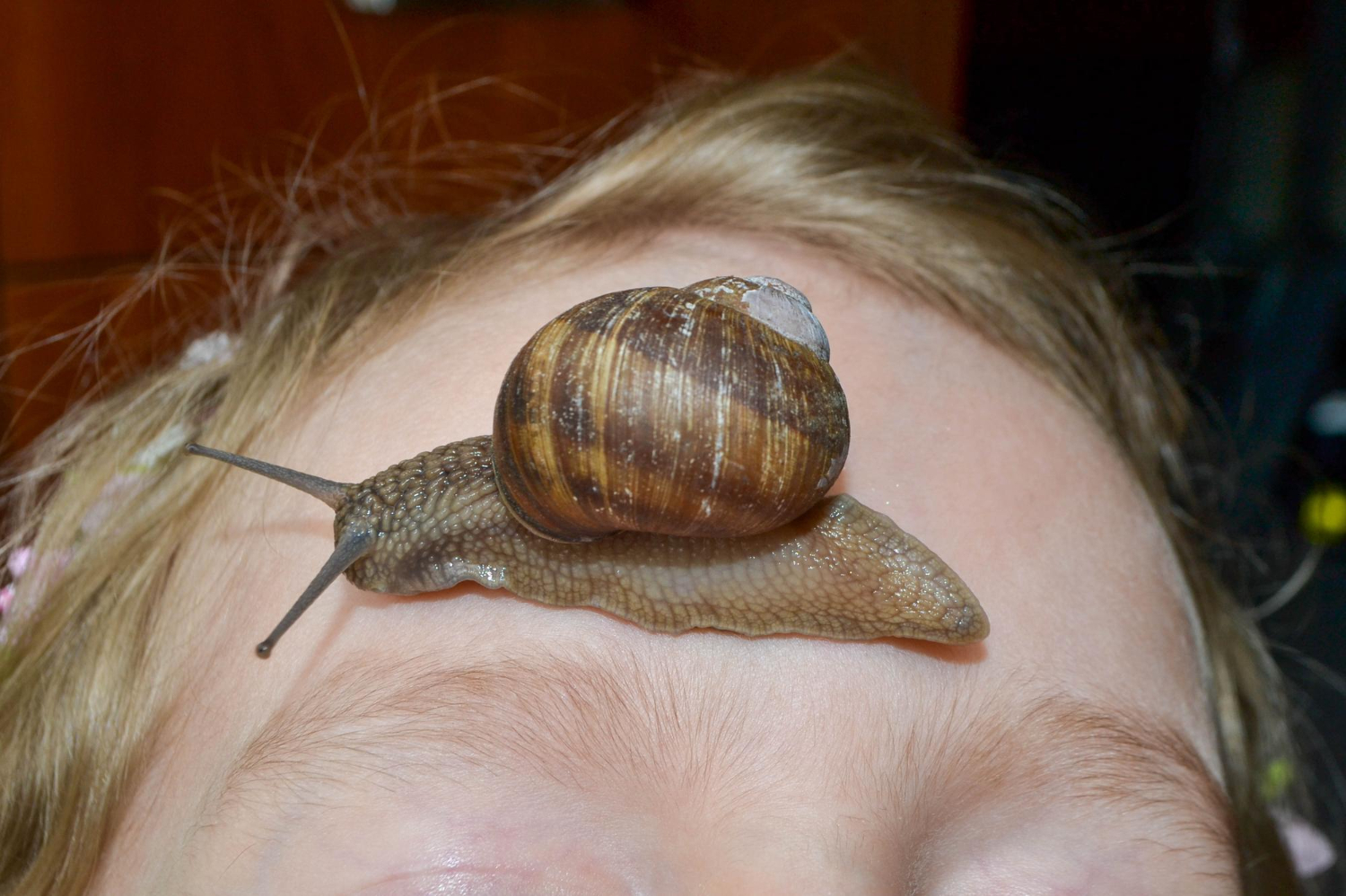Did you know that a nagging toothache could be the source of your pounding headache? If you’ve experienced both types of pain simultaneously, you may have wondered if there’s a connection—and the answer is yes. Surprisingly, a toothache can trigger headaches, even migraines, and it all ties back to how our bodies communicate pain.
For those struggling with persistent tooth and head pain, understanding this link is vital to finding relief. This guide will explain how toothaches can lead to headaches, common dental issues that cause this connection, and actionable steps you can take toward prevention and treatment.
Table of Contents
ToggleCan Toothaches Cause Headaches?
The short answer? Absolutely. Toothaches can cause headaches due to their shared connection via the trigeminal nerve. This large cranial nerve not only controls the sensation of the face but also communicates with the brain. When dental issues irritate this nerve, it can misfire pain signals to the head, which might feel like a tension headache or even a migraine.
Another phenomenon, referred pain, can also create this connection. Referred pain occurs when discomfort in one part of the body is perceived in another. A toothache, for example, could be sending pain signals to regions near your temples, eyes, or the back of your neck—all common headache locations.
But headaches related to toothaches usually don’t occur in isolation. They’re often linked to specific dental conditions, which we’ll explore next.
Common Dental Issues That Can Lead to Headaches
Certain dental conditions are more likely to cause a headache. Here are the most common culprits:
1. Cavities and Tooth Decay
Untreated cavities expose sensitive tooth nerves to decay-causing bacteria. When this decay worsens, it can lead to dental infections that trigger persistent, throbbing headaches.
2. Gum Disease
Advanced gum disease, or periodontitis, can inflame the gums severely enough to cause referred pain to the head. Chronic inflammation also impacts overall wellbeing, which may explain recurring migraines tied to gum health.
3. Tooth Abscess
A tooth abscess is a buildup of pus caused by bacterial infection in a tooth or its surrounding tissues. Besides causing significant dental pain, the infection can radiate pain to the jawline, neck, and head.
4. Teeth Grinding (Bruxism)
Chronic teeth grinding, often occurring during sleep, creates tension in the jaw muscles, which can lead to tension headaches. Over time, grinding causes wear-and-tear on teeth as well as TMJ (temporomandibular joint disorders), another headache trigger.
5. Temporomandibular Joint Disorder (TMJ)
TMJ affects the joint where your jaw connects to your skull. Misalignment, injury, or chronic stress on this joint can cause pressure that leads to significant headaches, often around the temples and ears.
6. Wisdom Tooth Pain
When wisdom teeth are impacted or only partially erupted, they can trigger localized jaw pain. This discomfort often extends upward and manifests as one-sided headaches.
Symptoms to Watch For
How do you know if your headache might be linked to a toothache? Look out for these signs:
- Throbbing pain in the jaw, gums, or around a specific tooth.
- Sensitivity to hot or cold temperatures.
- Discomfort or pain when chewing.
- Swelling or redness near the affected tooth.
- Headaches concentrated on one side of the head, often radiating to the temples or behind the eyes.
If you’re experiencing any combination of these symptoms, your headache could very well stem from a dental issue.
How to Relieve a Headache From a Toothache
Dealing with both a toothache and a headache can be challenging. Here are some steps to alleviate the immediate pain while addressing the root cause:
1. Visit Your Dentist
The most important step is to consult a dental professional. They can diagnose the dental problem causing the headache and recommend appropriate treatments, such as filling cavities, performing a root canal, or extracting a problematic tooth.
2. Over-the-Counter Pain Relief
Medications like ibuprofen or acetaminophen can help temporarily relieve both tooth and headache pain. However, these remedies only mask the symptoms—they don’t address the underlying problem.
3. Cold or Warm Compress
- Cold Compress: Use ice to reduce swelling and numb the area if inflammation is present.
- Warm Compress: Apply heat to relax tense jaw muscles or ease TMJ-related pain.
4. Maintain Better Oral Hygiene
Consistently brushing twice daily, flossing, and using an antibacterial mouthwash can prevent future dental issues and reduce the likelihood of related headaches.
Preventing Toothaches (and Related Headaches!)
Taking proactive steps toward oral health reduces the risk of dental pain—and by extension, headaches. Here’s how you can maintain optimal oral hygiene:
- Brush Thoroughly: Use a fluoride toothpaste and brush for at least two minutes, twice a day.
- Daily Flossing: Remove food particles and plaque buildup from between teeth.
- Regular Dental Visits: Schedule checkups and cleanings every six months to catch and address issues early.
- Stress Management: Reduce stress to prevent teeth grinding by practicing relaxation techniques or using a custom night guard.
- Balanced Diet: Nourish your body with a diet rich in vitamins and minerals, avoiding excessive sugar that contributes to tooth decay.
The Bigger Picture: Other Conditions Linking Toothaches and Headaches
While we’ve mainly discussed dental causes, other health conditions can create a similar overlap of symptoms. These include:
1. Sinus Infections
Sinus infections can mimic tooth pain and cause pressure headaches, particularly around the cheekbones and forehead.
2. Trigeminal Neuralgia
This severe disorder of the trigeminal nerve causes sudden, stabbing facial pain that often affects the jaw and teeth, potentially being mistaken for dental issues.
3. Cavernous Sinus Thrombosis
This rare but serious condition results from untreated infections spreading to the brain’s cavernous sinus. It causes headaches, fever, and swelling, requiring immediate medical attention.
When to See a Dentist or Doctor
It’s crucial to seek professional help if you experience:
- Persistent or worsening tooth and headache pain.
- Swelling or discharge from the gums.
- Difficulty chewing or opening your mouth.
- Accompanying symptoms such as fever or vision changes.
Ignoring these signs may lead to severe complications, so don’t delay in booking an appointment.
Prioritize Both Oral and Overall Health
Toothaches and headaches share a surprising connection, underscoring the importance of addressing dental issues promptly to avoid more extensive health problems. If you’re battling persistent pain, trust your instincts and seek professional help.
Don’t wait for the pain to take over—schedule an appointment with your dentist today and take the first step toward living pain-free.
FAQs
What does a toothache headache feel like?
It usually feels like a throbbing, localized pain that radiates from the jaw to the temples, behind the eyes, or across the forehead.
How do you know if your headache is from an infected tooth?
Look for signs like fever, gum swelling, tooth sensitivity, and one-sided headache pain.
What is the 3-3-3 rule for toothache?
Take ibuprofen every 3 hours for 3 doses, but consult a dentist before following this regimen.
How do you get rid of a headache from a tooth?
Visit a dentist, take OTC painkillers, apply compresses, and practice good oral hygiene to ease discomfort.









